When it comes to gardening, there are a lot of things to take into account. One of the most important decisions you’ll make is what to use as fill for your raised garden bed. Soil is an obvious choice, but there are other materials you can use that are cheaper and just as effective. In this article, we will discuss several different options for filling your raised garden bed on a budget!
Raised Garden Beds and Their Benefits
If you’re new to gardening, you may be wondering what a raised garden bed is.
There are many benefits to using raised garden beds, including improved drainage and aeration, reduced weed growth, and easier access for people with physical limitations. Raised garden beds also make it easier to control the soil quality and mix your own custom soil blend if necessary.
There are many benefits to using raised garden beds, let’s discuss them!
They can be used in areas with poor-quality soils
One of the main reasons people use raised garden beds is because they can be used in areas with poor-quality soils. The soil in a raised bed is not compacted by foot traffic, so it can be easier to work with. In addition, you have complete control over the type of soil you use in a raised bed. This means that you can choose a high-quality soil mix or even make your own custom blend.
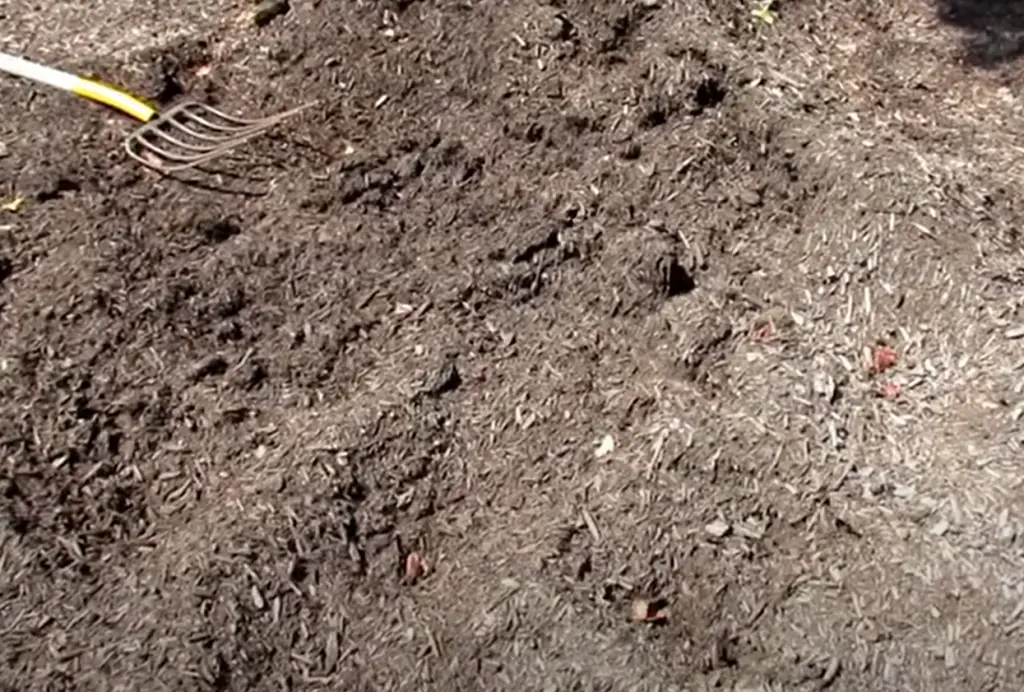
They are a great way to save space in small gardens
In a similar way, using raised garden beds is a great way to save space in small gardens. By elevating the planting area, you can make use of otherwise unusable space, such as along walls or fence lines.
In addition, raised garden beds can be placed closer together than traditional row plantings, so you can fit more plants into a smaller area. This is especially beneficial if you are growing vegetables or other plants that require a lot of space.
If you have limited space or poor soil quality, raised garden beds are a great option for your gardening needs!
Customization
Another great benefit of raised garden beds is that they can be customized to fit your specific gardening needs. For example, you can build them in any shape or size that you want. You can also choose the material that you want to use.
There are many different types of materials that can be used for raised garden beds, including wood, stone, recycled plastic, and even concrete blocks. You can also choose from a variety of different heights to suit your needs.
They can reduce weed growth
Weeds can be a huge pain in any garden, but they are especially troublesome in raised beds where they can quickly choke out your plants. The good news is that raised garden beds can help to reduce weed growth. By creating a barrier between the soil and the surrounding area, you can prevent weeds from getting the sunlight and nutrients they need to grow.
In addition, raising your plants off the ground makes it more difficult for weeds to take root in the first place. If you’re concerned about weed growth in your raised garden bed, make sure to line the bottom with landscape fabric before adding soil.
They are useful for people with physical limitations
Lastly, raised garden beds are great for people who have physical limitations. People who have trouble bending or kneeling will find it much easier to garden in a raised bed. They can also be easily accessed from a wheelchair or other mobility device. [1]
Differences Between Raised Garden Beds Soil and Garden Soil
Still, others may be wondering how raised garden beds differ from garden soil. There are actually a few key ways in which they differ.
Moisture management
One of the most significant ways in which raised garden beds differ from garden soil is in how they manage moisture. Garden soil can actually become oversaturated quite easily, leading to problems with drainage. Raised garden beds, on the other hand, have excellent drainage due to the way they are constructed.
This is because raised garden beds are typically built with a liner (such as landscape fabric) that prevents water from seeping out of the bed. This means that your plants will always have access to the moisture they need, and you won’t have to worry about overwatering or saturation. The improved drainage also means that your plants will have access to more oxygen which is essential for their growth.
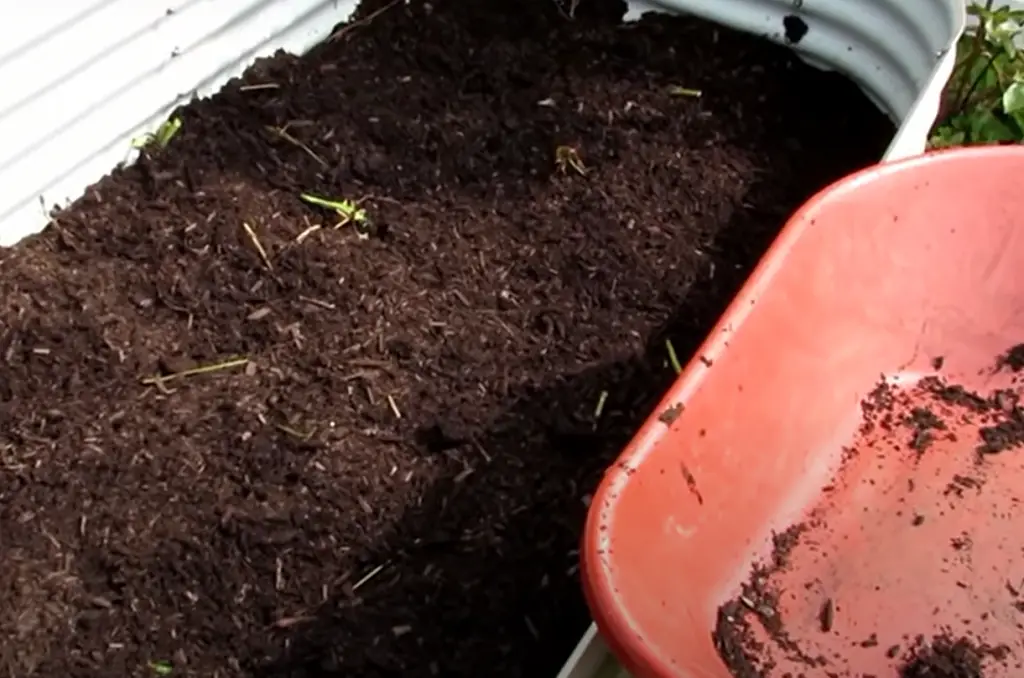
Better aeration
When you grow plants in raised garden beds, the soil has much better aeration than when plants are grown in the ground. This is because the raised garden bed soil is not compacted by foot traffic as it would be in a traditional garden. This increased circulation of air around the roots promotes healthier plant growth and helps to prevent problems such as root rot and fungal diseases.
Salt and mineral content
Another way in which raised garden beds differ from garden soil is in their salt and mineral content. Garden soils can become quite high in salt and minerals over time, due to the addition of fertilizers and other chemicals. This can actually be harmful to plants, as it can prevent them from taking up the nutrients they need. Raised garden beds, on the other hand, are filled with fresh, new soil that is low in salt and minerals. This means that your plants will have access to all the nutrients they need for healthy growth.
Organic material breakdown
Another benefit of raised garden beds is that they facilitate the breakdown of organic matter. As organic matter decomposes, it releases nutrients into the soil that are essential for plant growth. This process is known as composting, and it’s one of the best ways to ensure that your plants are getting the nutrients they need.
In a traditional garden, the process of composting can be quite slow since the soil is compacted and doesn’t have much airflow. However, in a raised garden bed, the aeration and drainage are much improved, which means that compost breaks down more quickly. This means that your plants will have access to more nutrients on a regular basis. [2]
What Can a Raised Garden Bed be Filled With?
Now that we’ve answered the question “what is a raised garden bed,” you may be wondering what they can actually be filled with. The truth is, there are a variety of different materials that can be used to fill a raised garden bed.
Hugelkultur
Another benefit of using hugelkultur to fill a raised garden bed is that it can help to retain water. This is because the wood will absorb water like a sponge and then release it slowly over time. This can be especially helpful during periods of drought.
If you’re interested in using hugelkultur to fill your raised garden bed, there are a few things you need to keep in mind. First, it’s important to use logs and branches that are free of chemicals. You also want to make sure that the wood is completely dry before adding it to the raised bed.
One other thing to keep in mind is that hugelkultur can be very heavy. This means that you’ll need a raised bed that’s made out of sturdy material, such as concrete or stone. Otherwise, your raised bed could collapse under the weight of the wood.
If you’re looking for a cheap way to fill your raised garden bed, hugelkultur is a great option. Not only will it provide a rich environment for your plants to grow, but it can also help retain water during periods of drought.

Peat moss
Peat moss has a number of benefits that make it ideal for use in a raised garden bed. Peat moss is highly absorbent, so it will help to retain moisture in the soil. It also has a high level of acidity, which can be beneficial for certain plants.
Peat moss is widely available and relatively inexpensive, making it a great option for those on a budget. However, peat moss can be difficult to find in large quantities, so it may not be suitable for very large raised garden beds.
Peat moss is also not a long-term solution, as it will eventually decompose. For this reason, it is important to add fresh peat moss to your raised garden bed on a regular basis.
Compost
Compost is relatively easy to find and inexpensive, making it a great option for those on a budget. However, compost can be difficult to spread evenly, so it is important to take the time to do it correctly.
In order to fill your raised garden bed with compost, you will need to:
- Find a source of compost. This can be done by visiting your local nursery or garden center, or by contacting your municipality to see if they have a composting program;
- Spread the compost evenly over the surface of the raised garden bed;
- Use a rake or hoe to mix the compost into the soil;
- Water the raised garden bed to help the compost settle into place;
As you can see, filling a raised garden bed with compost is relatively easy and can be done on a budget. However, it is important to take the time to do it correctly in order to get the best results.
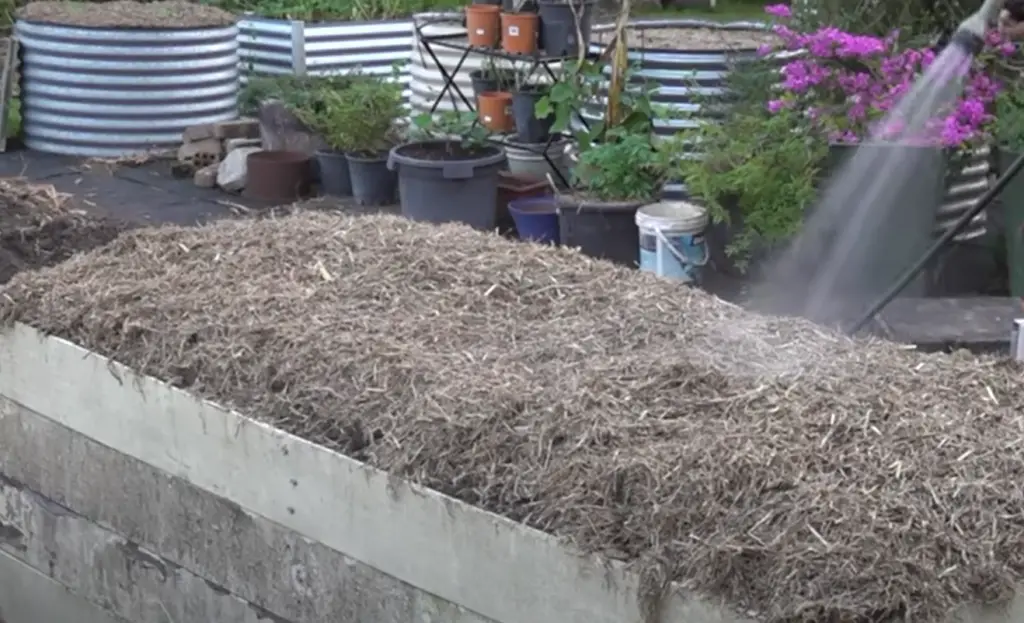
Also keep in mind that when not finished, compost can be very very acidic, so if you are using it on an already established garden, be sure to mix in some lime to keep the pH levels balanced.
Manure
Similarly to compost, manure can be an excellent addition to your raised bed. Not only will it provide nutrients for your plants, but it will also help to improve the drainage and aeration of the soil.
If you’re using manure from a farm animal, it’s important that you take care to age it correctly. Manure that is too fresh can actually damage your plants, so it’s important to follow the recommended curing time for whichever type of manure you’re using.
Manure can usually be found relatively cheaply at local farms or feed stores. If you have a friend or neighbor with farm animals, they may also be willing to give you some of their manure for free.
Once you’ve decided which type of manure you’d like to use, it’s time to add it to your raised garden bed. The best way to do this is to spread a layer of manure over the entire surface of your bed, then turn it under with a spade or pitchfork.
If you’re using fresh manure, you may want to mix it with an equal amount of straw or sawdust first. This will help to reduce the risk of burning your plants when you add them to the bed.
Once you’ve turned the manure into the soil, you should water it well and allow it to sit for a few days before planting anything in it. This will give the manure time to break down and start adding nutrients to the soil.
Mulch
There are a variety of different mulches that you can choose from, including:
- Wood chips;
- Bark;
- Compost;
- Straw;
- Hay;
- Leaves;
If you’re looking for a cheap way to fill your raised garden bed, then mulch is definitely the way to go. You can often find it for free or very cheap at local nurseries or landscaping companies.

Do you need mulch in your raised garden bed? It depends. If you live in an area with high rainfall or frequent watering, mulch can help prevent the soil from washing away. In hot climates, mulch can help keep the roots cool and moist by shading them from the sun. If you’re not sure whether or not you need mulch, it’s always better to err on the side of caution and add a layer. You can always remove it later if you find that it’s not necessary.
Worm castings
Worm castings are another type of material used to fill a raised garden bed. Worm castings are a type of fertilizer that is made from the waste of worms. This material is high in nutrients and can be beneficial for plants.
To use worm castings, simply spread them evenly over the soil surface and till them in. You can also add worm castings to your compost pile.
If you have worms in your garden, you can make your own worm castings by collecting their waste. To do this, simply place a bin under your worm bin and add some bedding material such as shredded newspaper or straw. The worms will then do their business in the bin and you can collect their castings.
Making your own worm castings can be a great way to save money, but it does take some time and effort. [2] [3] [4]
Other Tips
Besides using the right materials to fill your raised garden bed, there are a few other things that you can do to make sure that it is healthy and productive.
Calculate the amount of soil you need
One of the most common mistakes that people make when filling a raised garden bed is not calculating the amount of soil they need. As a result, they end up with a bed that is too shallow or too deep.
To avoid this mistake, it’s important to take the time to calculate the amount of soil you need before you start filling your bed. To do this, simply measure the length and width of your bed and multiply these numbers together. This will give you the square footage of your bed.
Next, determine how deep you want your soil to be. Most vegetables need at least eight inches of soil, so this is a good depth to aim for. Once you know the square footage and depth of your bed, you can calculate the amount of soil you need. After that you know how much soil you need, you can purchase it or make your own compost to fill your raised garden bed.
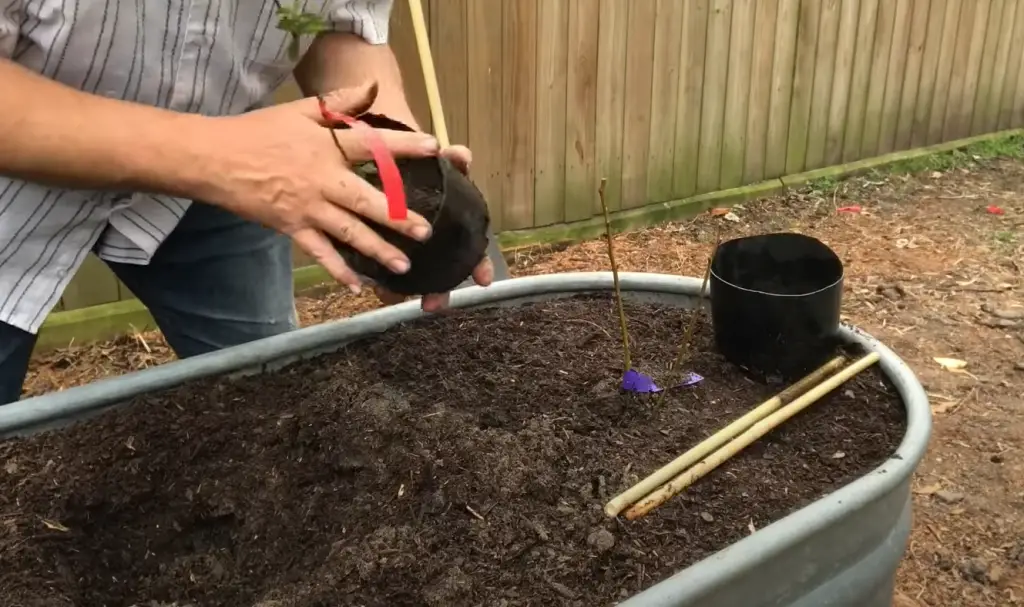
Buy soil in bulk
One of the best ways to save money on filling your raised garden bed is to buy soil in bulk. This can be done at most landscaping or garden stores. Buying in bulk will typically give you a discount, and it will also save you time and effort in the long run.
Another option is to find a local farm that sells soil. This can often be cheaper than buying from a store, and you’ll be supporting a local business.
If you have access to a truck, another option is to get soil from a construction site. This is usually very cheap or even free, but it’s important to make sure that the soil is safe to use before adding it to your garden.
Give core gardening a try
If you’re not familiar with the term, “core gardening” simply refers to growing vegetables in a raised bed without any additional amendments such as fertilizers or mulch.
Core gardening is a great way to fill your raised garden bed because it’s cheap and easy. All you need is some good quality topsoil and you’re ready to go.
If you want to try core gardening, simply spread a layer of topsoil over the surface of your raised garden bed and till it in. You can then plant your vegetables directly into the soil.
One downside of core gardening is that it can be more difficult to keep weeds at bay. If you’re concerned about weeds, you can always add a layer of mulch on top of the soil to help prevent them from growing.
Another downside of core gardening is that your plants may not be as healthy as they could be if you were using amendments such as fertilizer. However, this can be remedied by adding compost to the soil before you plant. [2] [4]
FAQ
What I shouldn’t use to fill my raised garden bed?
You shouldn’t use construction debris, untreated wood, or trash in your raised garden bed. These materials can leach toxins into the soil and plants.
Untreated lumber is often full of chemicals that can be harmful to plants. Treated lumber is a safer option, but it can be expensive. If you’re on a budget, consider using recycled pallets or other scrap wood. Just make sure to sand down any rough edges and remove any nails or staples before using them in your garden.
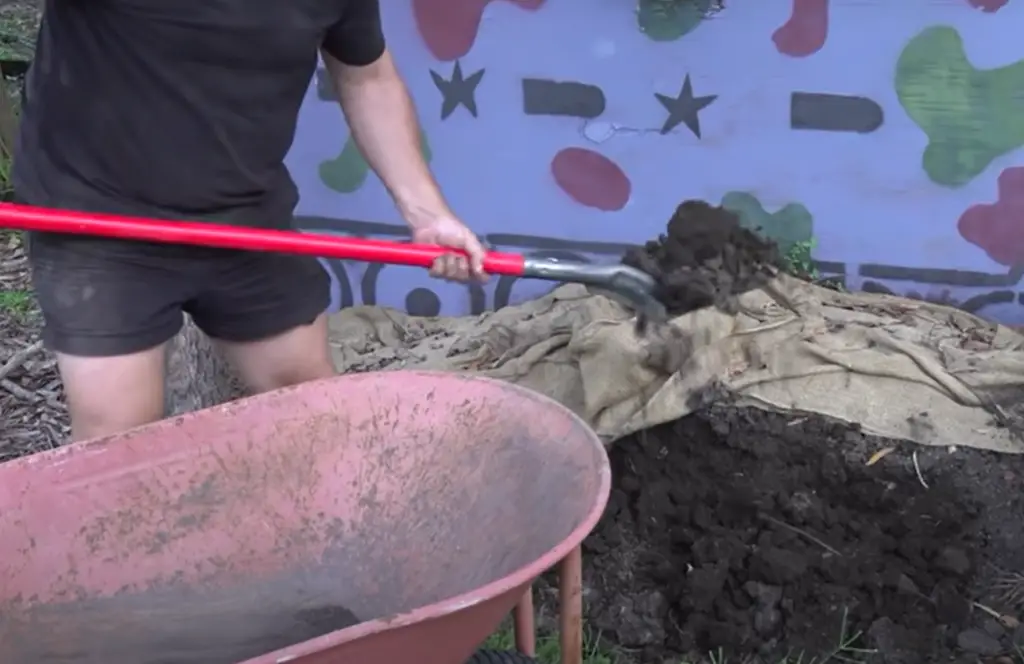
What can I fill my raised garden bed with?
Luckily, there are a few different ways you can fill your raised garden bed, and each has its own set of benefits. Some of the most popular materials for filling
A raised garden bed includes soil, mulch, compost, gravel, sand, and rocks.
Of course, you can always mix and match these materials to create your own custom blend. Just be sure to do your research first so that you know what will work best for your plants.
How do you fill a tall raised bed for cheap?
If you have a tall raised bed, the best way to fill it cheaply is by layering different materials. You can start with newspapers or cardboard, then add some organic material like leaves or grass clippings. Finally, top it off with compost or topsoil. This method will save you money and help your garden bed retain moisture better.
Another option for filling a tall raised garden bed is to use straw bales. Straw is a great insulator and will help keep your soil warm in the winter and cool in the summer. Plus, it’s an inexpensive way to fill a large space. Simply stack the bales around the perimeter of your raised bed and cover them with soil or compost.
What is the best filling for a raised bed?
There are many different types of filling that can be used for raised garden beds. The most important factor to consider is drainage. Good drainage is essential for preventing waterlogged soil, which can lead to plant problems such as root rot.
Some popular fillings include gravel, peat moss, composted leaves, and sand.
Each of these materials has its own benefits and drawbacks, so it’s important to do some research to figure out which one will work best for your needs. In general, a mix of two or more different materials is often best. For example, you might use gravel for the bottom layer to improve drainage, then add a layer of composted leaves on top for nutrients.
Useful Video: How to Fill a Raised Garden Bed Cheap
Conclusion
Raised beds are a great way to garden, whether you’re looking to save money or create the perfect conditions for your plants. However, buying special soil can be expensive. Luckily, there are a few ways you can fill your raised garden bed without spending a lot of money.
One way to save money is to use compost from your own kitchen or yard. You can also look for free mulch or manure from local farms or stables. If you have some time, you can even make your own compost by collecting leaves and other organic matter. Experiment with different combinations to find what works best for you. And remember, have fun! Gardening should be enjoyable! not stressful. If you have any questions or comments about this article, please leave a comment below!
References:
- https://www.finegardening.com/article/the-benefits-of-raised-garden-beds
- https://www.gardeningchannel.com/fill-raised-bed-gardens-cheaply/
- https://www.diyncrafts.com/114657/home/gardening/10-best-ways-to-fill-a-raised-bed-for-cheap
- https://donotdisturbgardening.com/best-ways-to-fill-a-raised-garden-bed-for-cheap/





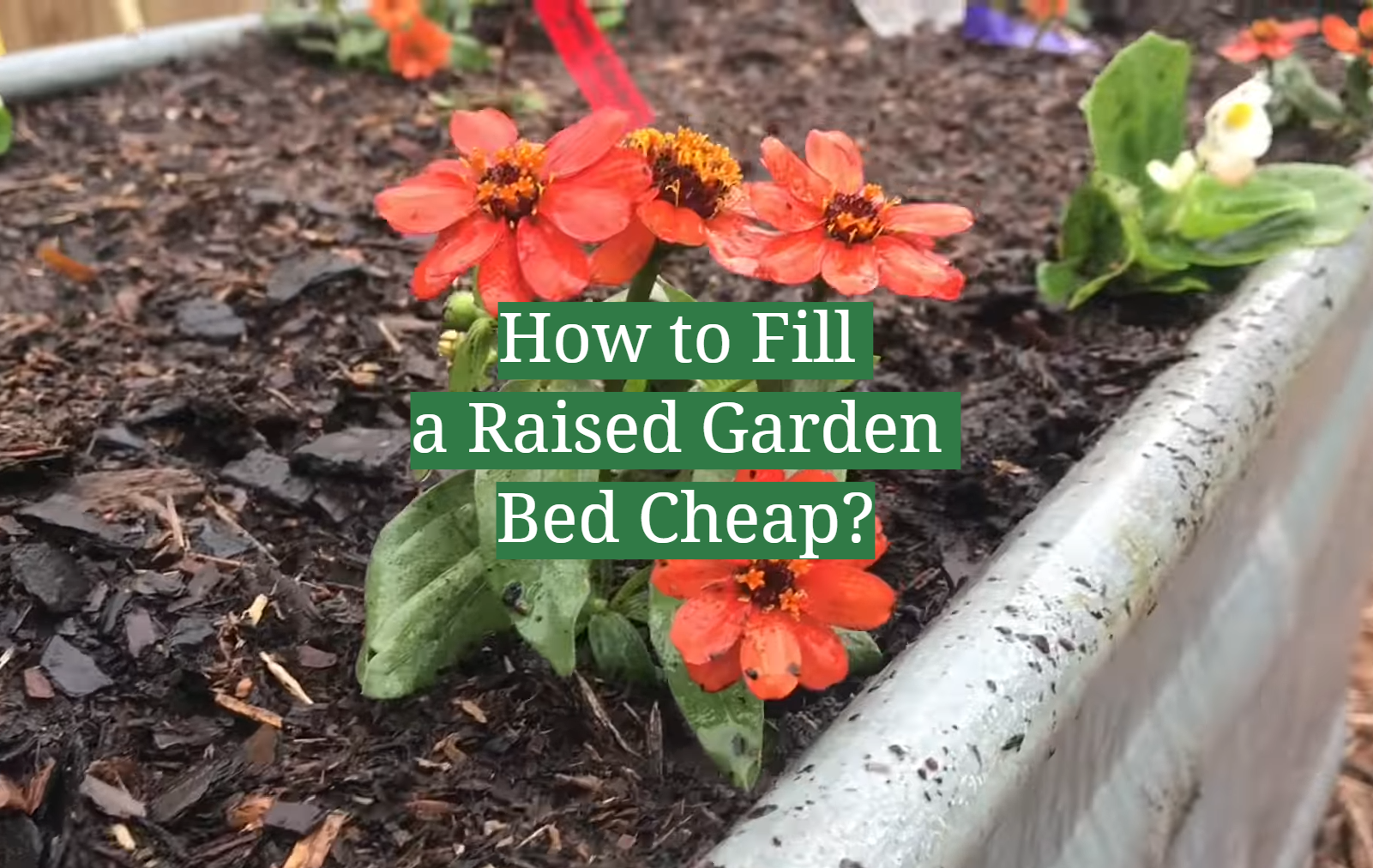


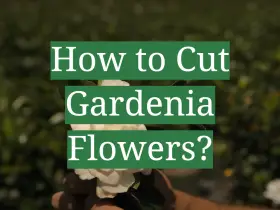
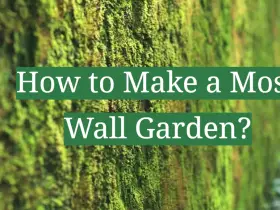
Leave a Reply
View Comments